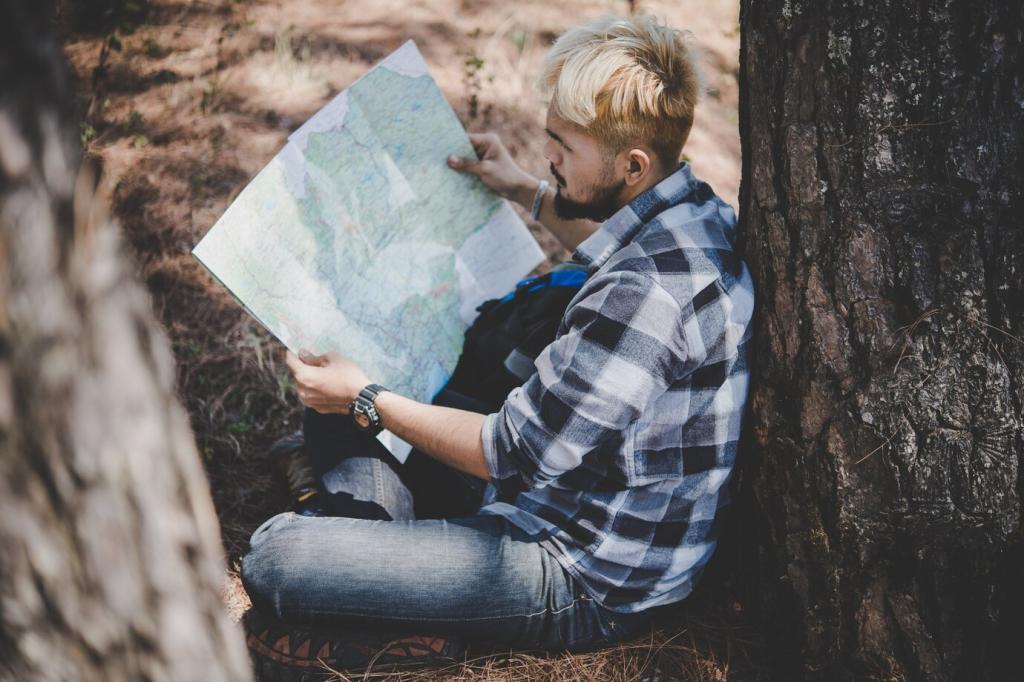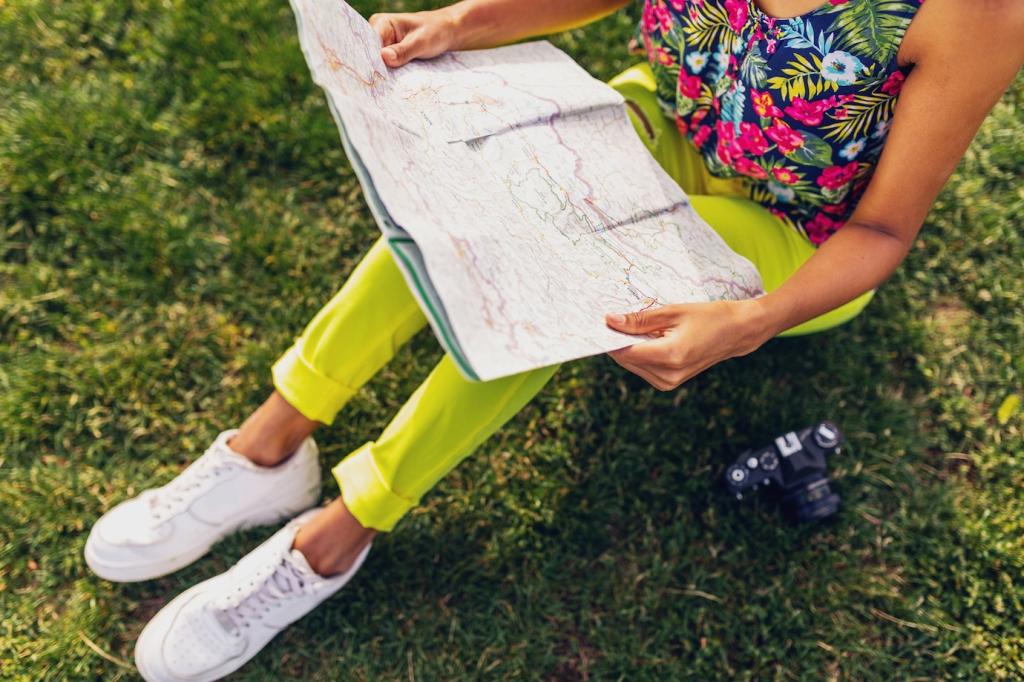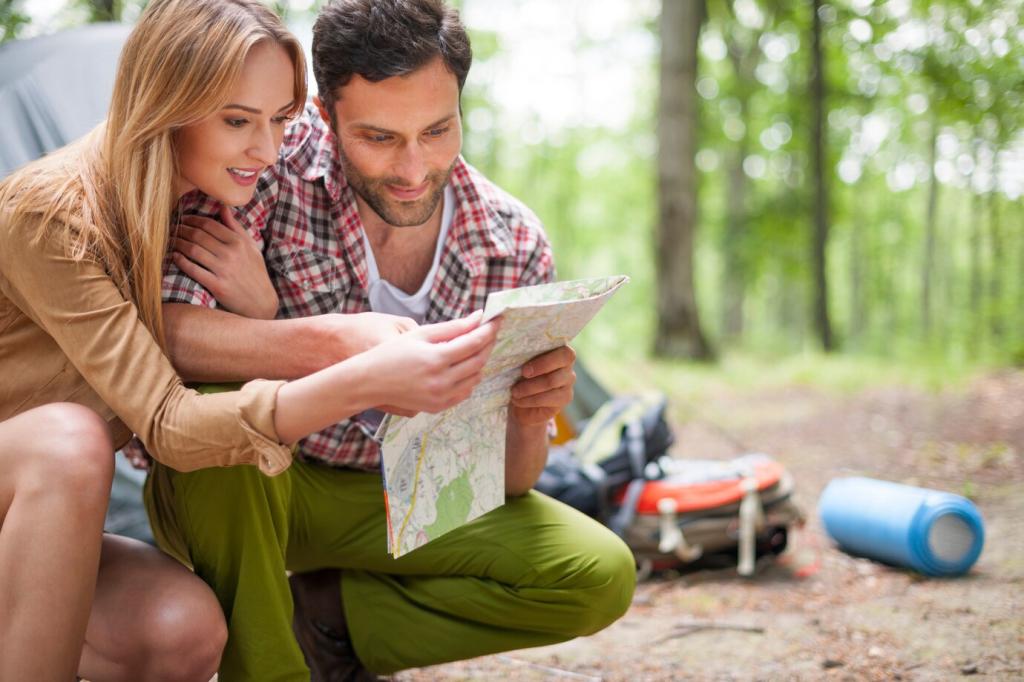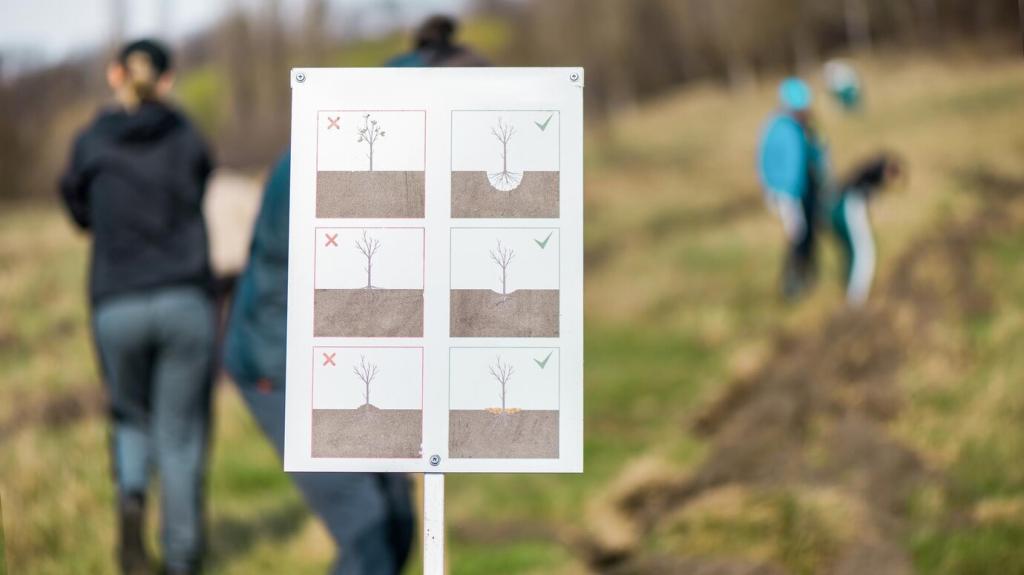Cooking, Cold-Soaking, and Food Safety on Trail
Couscous, instant rice, and dehydrated beans rehydrate while you hike, saving stove fuel and time. Add olive oil and spices for morale. If you’ve perfected a favorite jar recipe, share the ratio and timing with fellow readers.
Cooking, Cold-Soaking, and Food Safety on Trail
Use a windscreen, measure water precisely, and pre-crush noodles for faster boils. A cozy keeps meals hot so you can eat slowly and enjoy the view. Tell us your stove hacks and the one pot you never leave behind.






